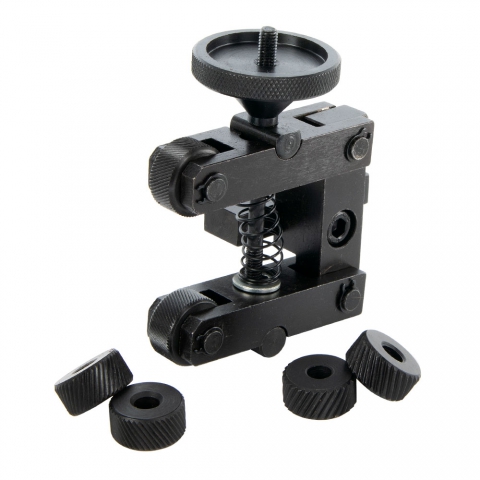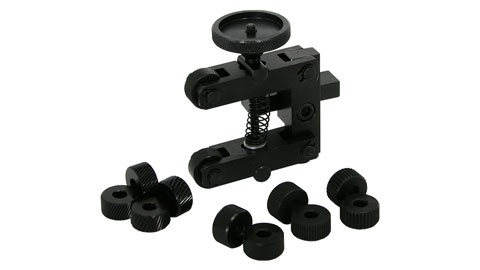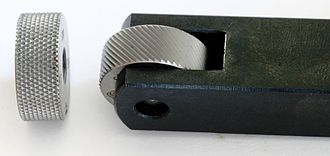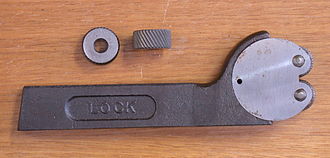I have bought a couple of 1.5mm straight knurl wheels from China, mainly because I couldn't find anyone local who could supply them. I was intending on using them to create a good strong straight knurl on some 6 mm brass rod which I would then press into aluminium to act as bushes. They turned up and I had a go at knurling the rod and only succeeded in mashing the surface - no sign of any discrete lines. I've had a look at them under the microscope and there appears to be flats on the top of the triangular elements (see photos). The surface is badly crazed, probably due to the heat treatment. Does anyone know whether knurl wheels need to be sharp at the tip of the triangles? I may also be too optimistic in trying to knurl a 6mm rod with such a coarse knurl - any comments.
I need to supply feedback on these but I thought I'd run it past people who know what they are talking about before I do this.
Thanks,
Alan C.


I need to supply feedback on these but I thought I'd run it past people who know what they are talking about before I do this.
Thanks,
Alan C.












